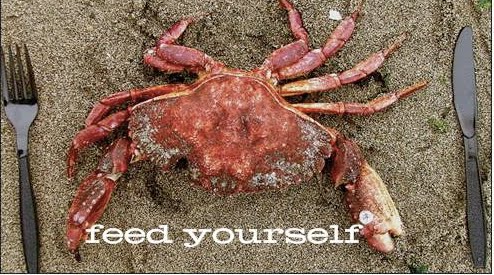
When life hands you leftover hot cereal - make bread. That's what I've been doing with the various hot cereals we've been eating on the weekends. Plain rolled oats, seven-grain mixes, buckwheat groats (kashsa) have all been used to make delicious breads. I'm not an exact bread baker but I am an enthusiastic bread maker. I simply don't have the patience or the interest in bread that takes days to proof, in measuring out percentages of ingredients, and in buying special pans the loaves sit in to rise. I just want to jump in and bake bread. The results taste delicious and make people happy. What more could I want?
Here is what I used to bake the latest batch, using leftover buckwheat groats.
*2 1/4 teaspoons active dry yeast dissoved in not quite a 1/3 cup of warm water plus a large pinch of sugar
*2 tablespoons hazelnut oil
*2 cups white, unbleached bread flour and 2 cups whole wheat flour (using the scoop and sweep method)
*1 cup cooked and cooled buckwheat groats
*1 tablespoon (almost) salt
*3/4 cup skim milk
*additional bread flour for kneading the dough
Into my largest bowl went the flours and about a tablespoon of salt. I mixed these ingredients until distributed evenly. To this I added the cooked cereal and mixed in by hand. Buckwheat groats, unlike cooked other cereals, will pill or separate and distribute nicely. For stickier cereals you can spread the leftovers onto a cookie sheet to cool then cut it up with a knife. You can also break apart by hand. Just depends on how wet or dry the leftover cereal is. You could even spread it out on a cookie sheet and dry it out in a low temperature oven. This step would even add a bit more toastiness to the finished flavor.
To the dry ingredients I added all of the wet ingredients and stirred to combine with a wooden rubber spatula. I made sure to scrape all the goodies from the sides of the bowl. I stirred this until I got a consistency I could work by hand with the aid of additional flour. I used about an additional 3/4 cup.
I kneaded the dough, adding flour as needed to keep it from sticking to my hands, for about 8 minutes. I stopped kneading when the dough had a nice spring-back action when poked with a finger.
Once the dough had doubled in size, I cut it in half and gently spread out each portion into a rouch rectangle. Starting at a short end, I rolled up the dough, pinching each seam closed (gently). Each loaf went into a loaf pan sprayed with cooking spray. I let the loaves rise for about another hour while I preheated the oven to 350 degrees.
When the loaves had risen well above the pan into a nice rounded loaf shape, I popped them into the oven. I baked these loaves together until the internal temp reached at least 190 degrees. I say at least because, again, I'm not too exacting with bread. Our oven is old and heats unevenly so I have to turn everything half way through the process. And I'm busy doing other things while the bread is baking. So if I take the bread's temp and it's 190, It's done and I don't sweat it. If I check the temp and it's 200, it's done and I don't sweat it. Get it?

2 comments:
Beautiful bread, I can see why Miles had to sneak up and take a sniff!
Yes, the cats want to be involved with all food projects.
Post a Comment